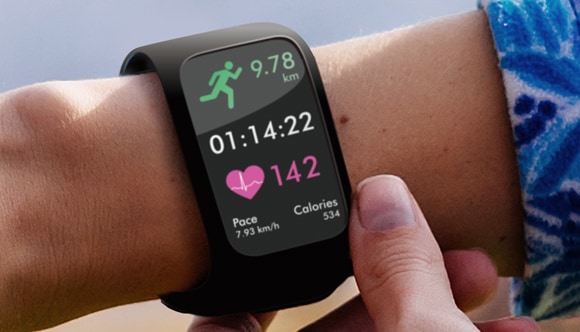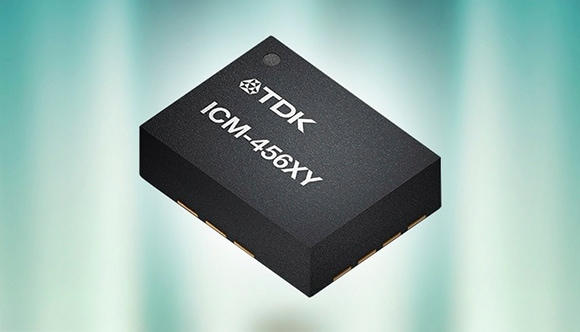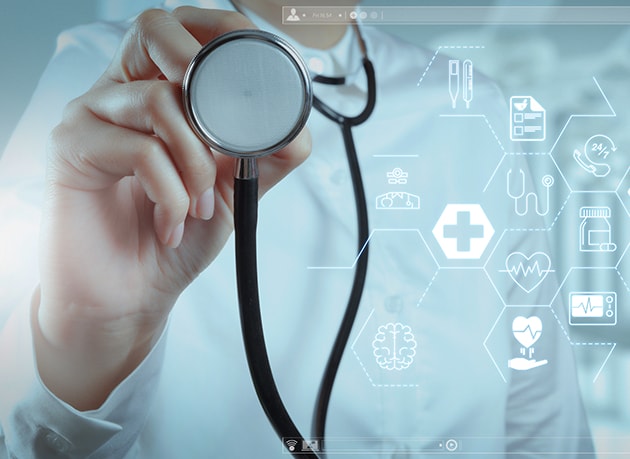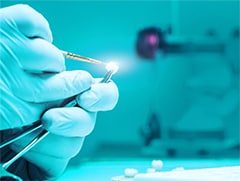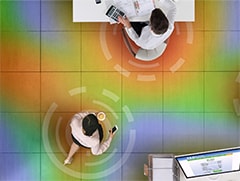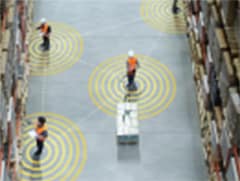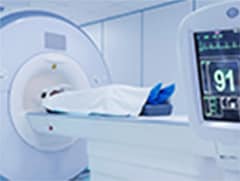Medical / Health Care
Living Healthier with Technology
Having the ability to accurately monitor your health, anytime and anywhere, can help detect illness at an early stage. Inertial measurement units (IMU) perform an essential function in wearable devices, sensing and tracking human movement with high degrees of accuracy to support biometric measurements. Further, by connecting to the network, your physician will be able to watch over your health right along with you.
FAQs about Medical / Health Care
Find answers to frequently asked questions about Medical / Health Care.
Q:
How can wearable technology help in monitoring our health?
A:
Wearable technology, such as sensors embedded in smartwatches and fitness trackers, can help monitor our health by measuring information such as distance moved and heart rate. Through remote monitoring, wearables can quickly give health diagnostics and detect changes in health conditions.
Q:
What is an IMU in wearable devices?
A:
IMU stands for Inertial Measurement Unit, which is a sensor unit combining accelerometers and a gyroscope. It measures the amount of activity by accurately detecting a person's movement, rotation, inclination, and other biometric measurements.
Q:
How can IMUs and wearable technology benefit health care?
A:
IMUs and wearable technology can benefit health care by providing accurate and continuous monitoring of patient movements and biometric data. This data can be remotely accessed by healthcare providers, enabling early detection of health issues and more personalized treatments.
Q:
How is data and technology being utilized in the medical/health care field?
A:
Data and technology are being utilized in the medical/health care field to bring forth innovations such as daily health management through wearable devices, online consultations via the internet, image diagnosis using AI, the development of new drugs, surgical support robots, medical services using AR/VR, and personalized medicine and treatments. The trend of Industry 4.0, which uses the IoT, AI, big data, robotics, and other technologies, is also embracing the field of medicine/health care.
Q:
What is the importance of early detection of illness in health care?
A:
Early detection of illness is essential in health care as it can lead to more effective treatments and better outcomes for patients. Wearable technology and remote monitoring, such as IMUs, can enable early detection of health issues, allowing healthcare providers to intervene before the condition worsens. This can result in better management of chronic conditions, reduced healthcare costs, and improved quality of life for patients.
Product Center
Click the links below to learn more about these products.
Featured Stories
Our Latest Solutions
-
Redefining Independence With Intelligent Mobility Powered by Sensors
-
Making Low-Temperature Sterilization of Medical Devices Standard Practice: The Aspirations of relyon plasma’s Team
-
The Potential of Cold Plasma, Expected to be Utilized at the Forefront of Medical Care
-
Ultra-Sensitive Magnetic Sensor Component Has Potential to Unlock New Possibilities for Medical 3D Imaging
-
Could an Indoor Location Information System Become a Magic Bullet that Mitigates COVID-19?
-
Ultrasonic Sensors Can Measure Distances Between Workers Instantaneously
-
The Most Demanded Medical Power Supplies in the World
-
The magnetic sensor detects one ten-millionth of geomagnetism
-
Biomagnetic Field Sensing for More People


